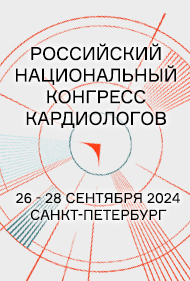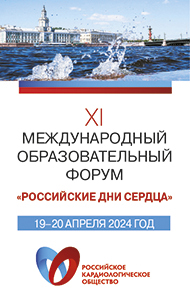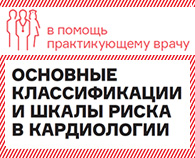Women Get Their Own Stroke Guideline
New guidance from the American Heart Association/American Stroke Association focuses on stroke prevention specifically in women, who have a risk profile that differs from that of men.
Many stroke risk factors are shared by both men and women, so the new document zeroes in on those that are unique to women, including issues surrounding pregnancy, oral contraceptive use, and postmenopausal hormone use, and those that have a greater impact in women, including migraine with aura, diabetes, hypertension, obesity, metabolic syndrome, and atrial fibrillation.
The new AHA/ACC guidance was written by a group chaired by Cheryl Bushnell, MD, MHS, of Wake Forest Baptist Medical Center in Winston-Salem, N.C., and published online in Stroke: Journal of the American Heart Association.
"It is very important that there is a specific stroke prevention guideline for women because we're not the same as 50% of the population," Dolora Wisco, MD, a neurologist at the Cleveland Clinic, toldMedPage Today. "We have our own risk factors on top of the ones that are commonly seen out there."
Women are disproportionately affected by stroke; of an estimated 6.8 million people living in the U.S. after surviving a stroke, 3.8 million are women. In addition, stroke is the fifth leading cause of death for men, but third for women.
"These basic facts about the epidemiology of disease are not well known to the general public," commented James Meschia, MD, a vascular neurologist at the Mayo Clinic in Jacksonville, Fla. "It is important to heighten awareness of risk in women so that greater attention [is] placed on lowering risk."
This guidance document is the first stroke prevention guidance specifically geared toward women, and it goes into greater depth about the issues surrounding stroke in women than previous documents that included both sexes. After discussing the current evidence and areas where research is lacking, the authors made recommendations related to pre-eclampsia, hypertension during and after pregnancy, central venous thrombosis, oral contraceptives, menopause, hormone replacement, and the risk factors that affect women more than men.
Two of the more noteworthy recommendations, according to Wisco, are those dealing with the prevention of pre-eclampsia with low-dose aspirin in women with chronic primary or secondary hypertension or previous pregnancy-related hypertension, and with calcium supplementation for women with a low dietary intake of the nutrient to prevent pre-eclampsia.
"Women usually are not ... put on aspirin during pregnancy or at younger age," she said. "So this is a bit of a different take on prevention of stroke."
Another noteworthy recommendation was the one calling for blood pressure measurement before the start of hormonal contraception, according to Meschia.
"I am not sure that every clinician who prescribes hormonal contraception is as vigilant as can be about this," he said. "When prescribing drugs for a younger female population, stroke risk factor management is not always top of mind."
For Anjail Sharrief, MD, a neurologist at Memorial Hermann-Texas Medical Center and UTHealth Medical School, the call for a female-specific stroke risk score stood out.
"Because of the differential impact of risk factors in women, including hormonal and pregnancy-related factors that change over the life course, a risk prediction model that considers these factors may allow a more accurate estimation of stroke risk for women," she said.
The guidance was endorsed by the Association of Neurological Surgeons and Congress of Neurological Surgeons. The American Academy of Neurology "affirms the value of this guideline as an educational tool for neurologists," according to the document.
Source: www.medpagetoday.com






